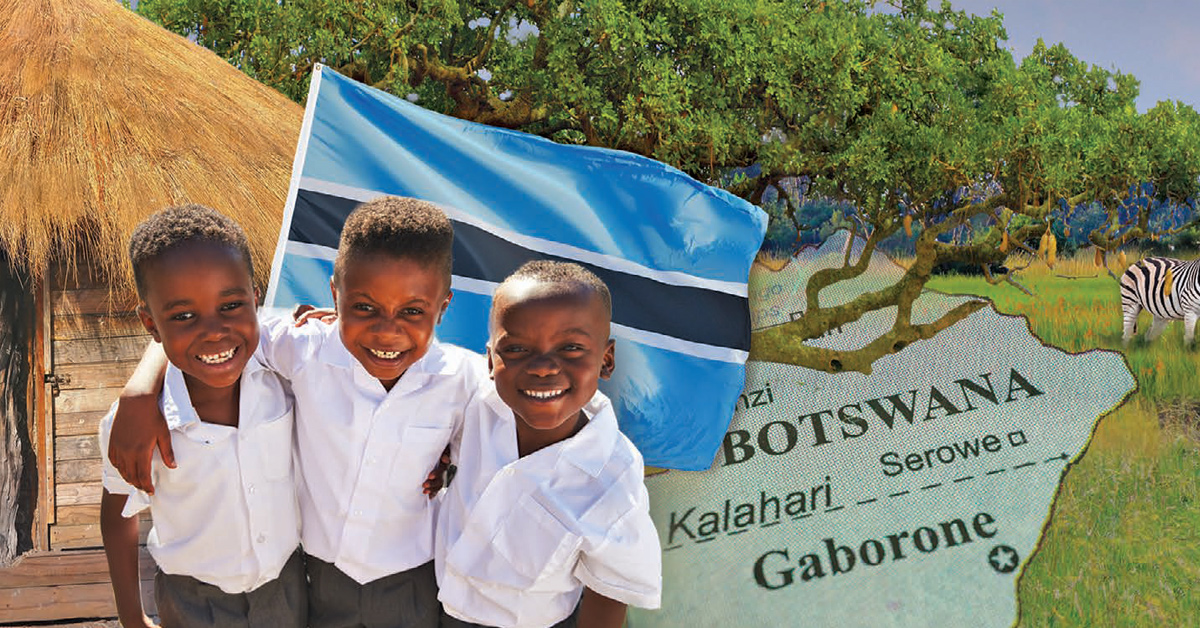In contrast to many African nations that have endured civil war, internal strife and corruption, Botswana, formerly the protectorate of Bechuanaland, has seen more than five decades of steady, progressive civilian leadership and capital investment since its independence from British rule in 1966. Part of that relatively strong run was due to location. Botswana lies in one of the most fertile diamond-producing regions on the planet and also has the vast inland flood plain of the eco-rich Okavango River, giving the country a pair of staple industries.
The diamond trade, in particular, helped propel Botswana’s growth rates to one of the fastest in the world until the global downturn in 2008. Once one of the world’s poorest nations, Botswana developed into a middle-income country, according to the CIA’s World Factbook, with a per capita gross domestic product (GDP) of approximately $18,100 in 2017. The World Bank reported Botswana’s economic growth rate at about 5% annually over the past decade, even as the world’s diamond trade dipped in the early to mid-2010s.
The global gem slump, however, illustrated a core weakness in Botswana’s economy: its overreliance on one commodity. Diamond mining comprises one-quarter of Botswana’s estimated $39 billion GDP, about 85% of its export earnings and one-third of government revenue. This leaves Botswana especially susceptible to fluctuations in the international diamond market.
Diamond sales rebounded over the last few years, however, bolstering Botswana’s economy. In 2017, diamond exports, at an output of some 22 million carats, grew to the highest levels in four years. The following year, Botswana’s real economic growth accelerated to 4.4%, the fastest growth rate in the last five years, according to the World Bank. That growth is expected to hover around 4% until 2021.
Tourism provides a sturdy secondary industry. The World Travel & Tourism Council reported that travel and tourism contributed $2.52 billion to the economy in 2018, representing 13.4% of all economic activity. The tourism segment also offers some opportunity for real estate investment, as joint ventures are being sought for expansions of lodging facilities along the Trans-Kalahari highway that connects Botswana with westerly neighbor Namibia.
Poverty in Botswana remains a problem, however. Poverty, the World Bank notes, had fallen to 16%, according to surveys conducted in 2015 and 2016, although another 30% of the population lived just above the poverty line. Inadequate private-sector job creation has fed high unemployment. Deficiencies in infrastructure and education continue to hold back development. Still, investors in African commercial real estate can do worse than Botswana’s relatively steady opportunities.






